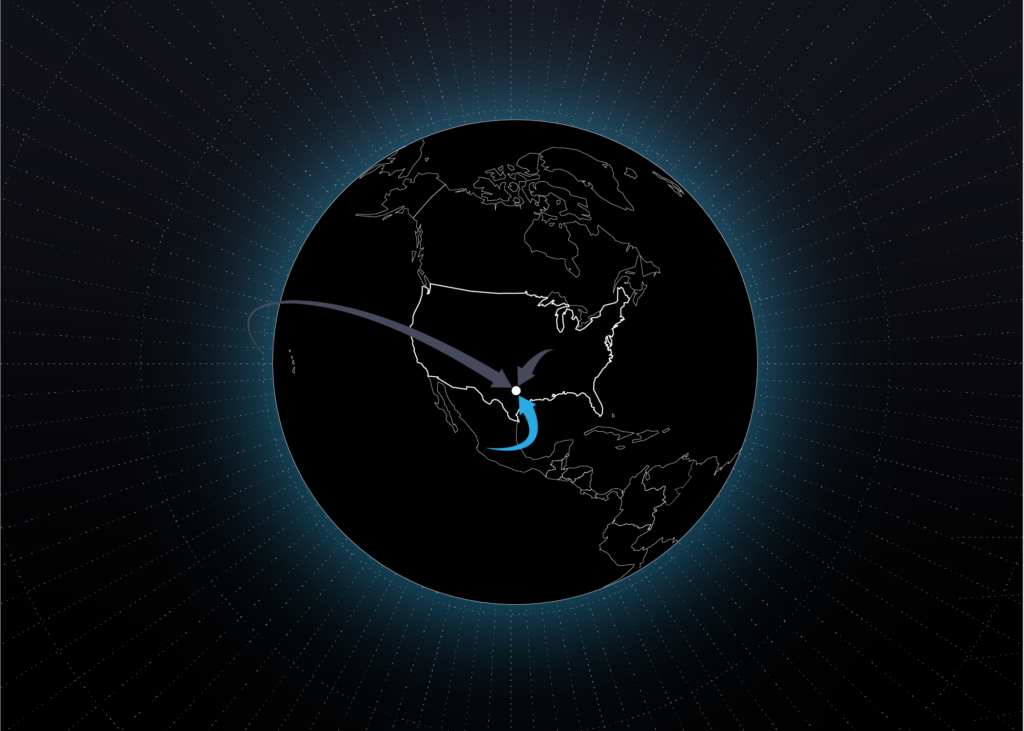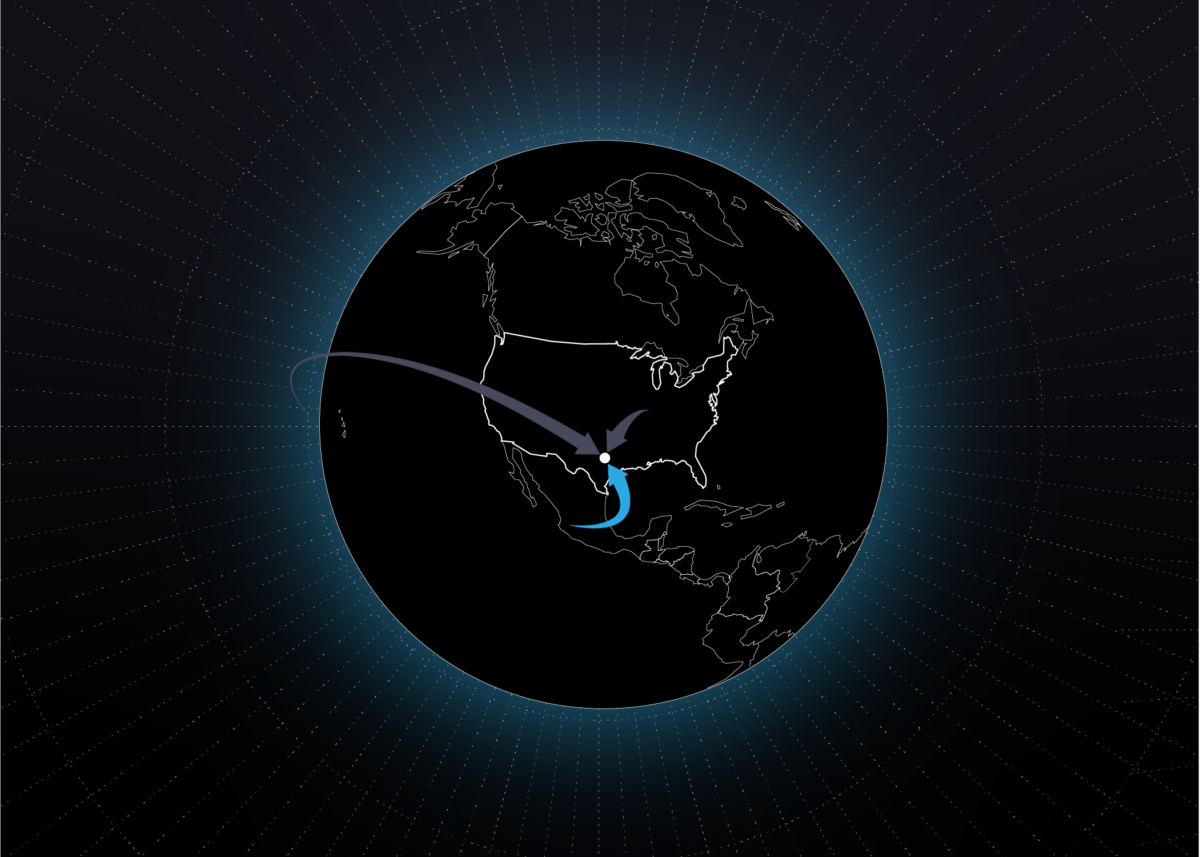
"*" indicates required fields
"*" indicates required fields
"*" indicates required fields

Onshoring, offshoring, and nearshoring describe where businesses house their manufacturing or operations. If these terms are new to you, check out the definitions on the image below.
Hover to reveal term definition.

When a business runs
operations or manufacturing
far from its home country.
When a business runs
operations or manufacturing
in its home country.
When a business runs
operations or manufacturing
near its home country.
Nearshoring in Mexico has dominated the headlines recently and for good reason — with global tensions and economic uncertainty running high, many U.S. businesses are seeking opportunities to avoid potential supply chain disruptions that could impact their operations and bottom line.
So far, nearshoring in Mexico appears to be a winning strategy, and the early implications of its growing popularity are already coming into focus.
Earlier this year, The New York Times reported that U.S. imports of Mexican goods have increased by over one-fourth since 2019. Mexico also exported $382 billion worth of goods to the U.S. during the first ten months of 2022 — a year-over-year increase of more than 20 percent.
U.S. and international investors are also spending more in Mexico than ever, with the country’s assembly plant sector anticipating a capital injection of up to $18 billion in 2023 compared to $11 billion in 2022.
All the buzz and business potential around nearshoring begs the question: Did the boom really just begin, or has it been brewing for some time?
Answering that question starts with understanding the history of offshoring. This practice was popularized in the late 1970s when U.S. businesses began outsourcing production to India and China to cut costs and improve margins.
For decades, these countries offered an abundance of affordable labor and solid port infrastructure that helped keep shipping costs low enough to make producing goods and moving them stateside quite lucrative for U.S. businesses.
However, conditions in China and India today are not as advantageous as they once were. And in the wake of the 2018 trade disputes with China, the COVID-19 pandemic, and several other significant supply chain disruptions in recent years, U.S. companies have been turning to nearshoring to shorten the distance between a product’s production origin and final distribution destination.
As investments into production facilities and cross-shipping infrastructure grow, nearshoring in Mexico offers shippers several advantages in addition to mitigating disruption-related risks:
It’s hard to predict how big the nearshoring boom will get or if Mexico will become a manufacturing superpower on par with China and India. But given the growing list of benefits for U.S. businesses and businesses that want to serve the U.S. market, it seems certain that this is only the beginning of the nearshoring movement.
Our cross-border experts will be tracking the nearshoring movement and its implications for shippers and carriers, so subscribe to the Arrive Monthly Market Update and follow us on LinkedIn to stay up to speed on this and other critical freight market news.

